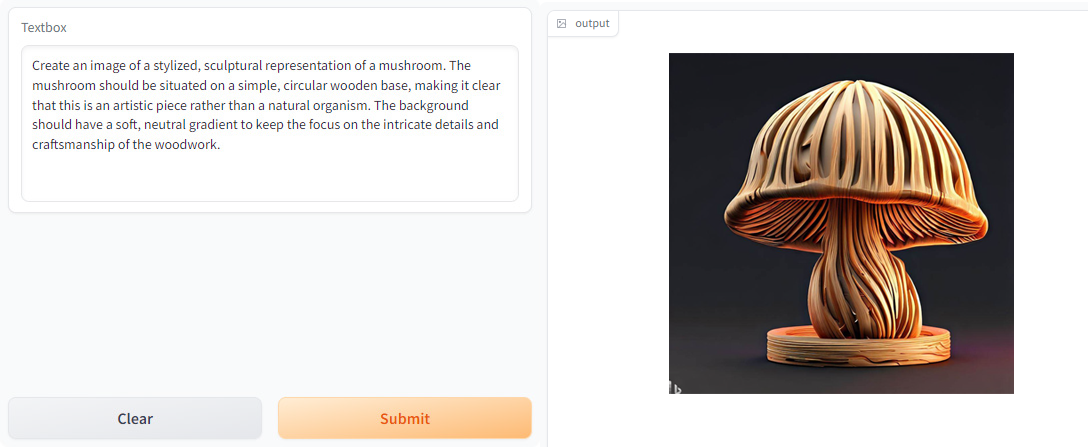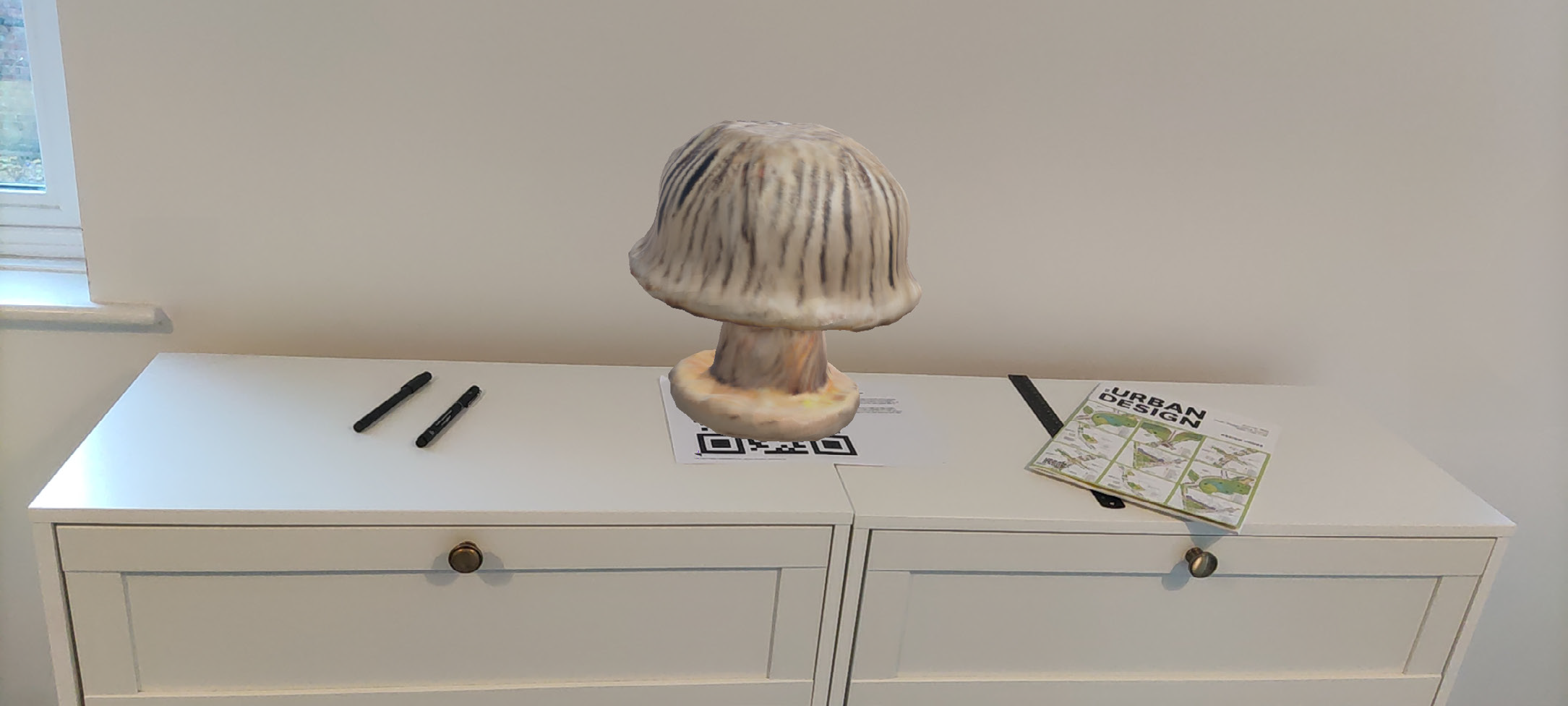Tools to aid Architectural Design Education (1)
Explore how Generative AI tools are aiding conceptualisation, 3D modeling, and AR visualisation in architectural design curriculum.Integrating AI in Architectural Design Education at University of Derby
I teach Architectural Design at the University of Derby (College of Engineering) and am excited to share how we've progressively integrated AI into our Architectural Technology curriculum. Drawing on my PhD research, we've developed a suite of generative AI tools, including the AI Design Illustrator and AI ModelCraft. The AI Design Illustrator employs the Stable Diffusion model to transform text into images, while AI ModelCraft uses neural radiance fields (NeRF) technology to convert images into 3D models. These tools are specially tailored with a dataset of built environments and various furniture designs to fit design-oriented applications.
The use of these AI tools has significantly enhanced our students' ability to convert abstract concepts into tangible visual representations. Subsequently, these visuals are transformed into vectorised 3D models, which are then incorporated into augmented reality (AR) environments, enriching the learning experience by allowing students to interact with their designs in real-time. Below are images of these tools in action within a design studio setting at our university, where students visualised a random object.



